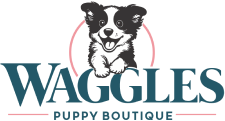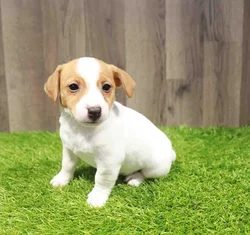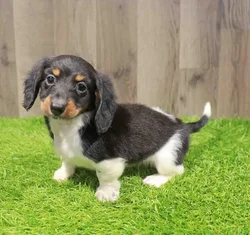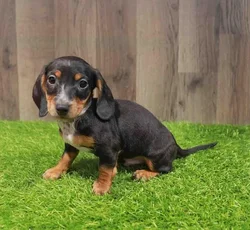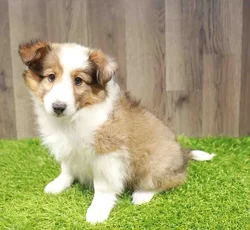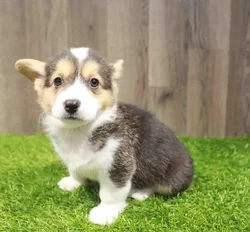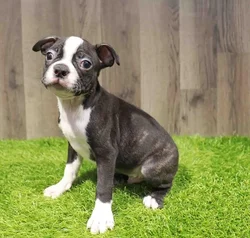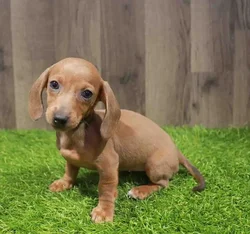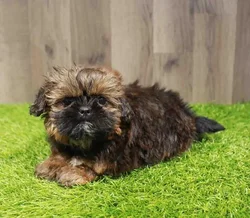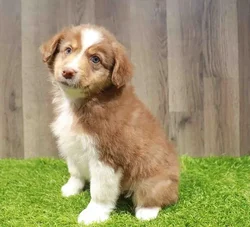Jack Russell Terrier
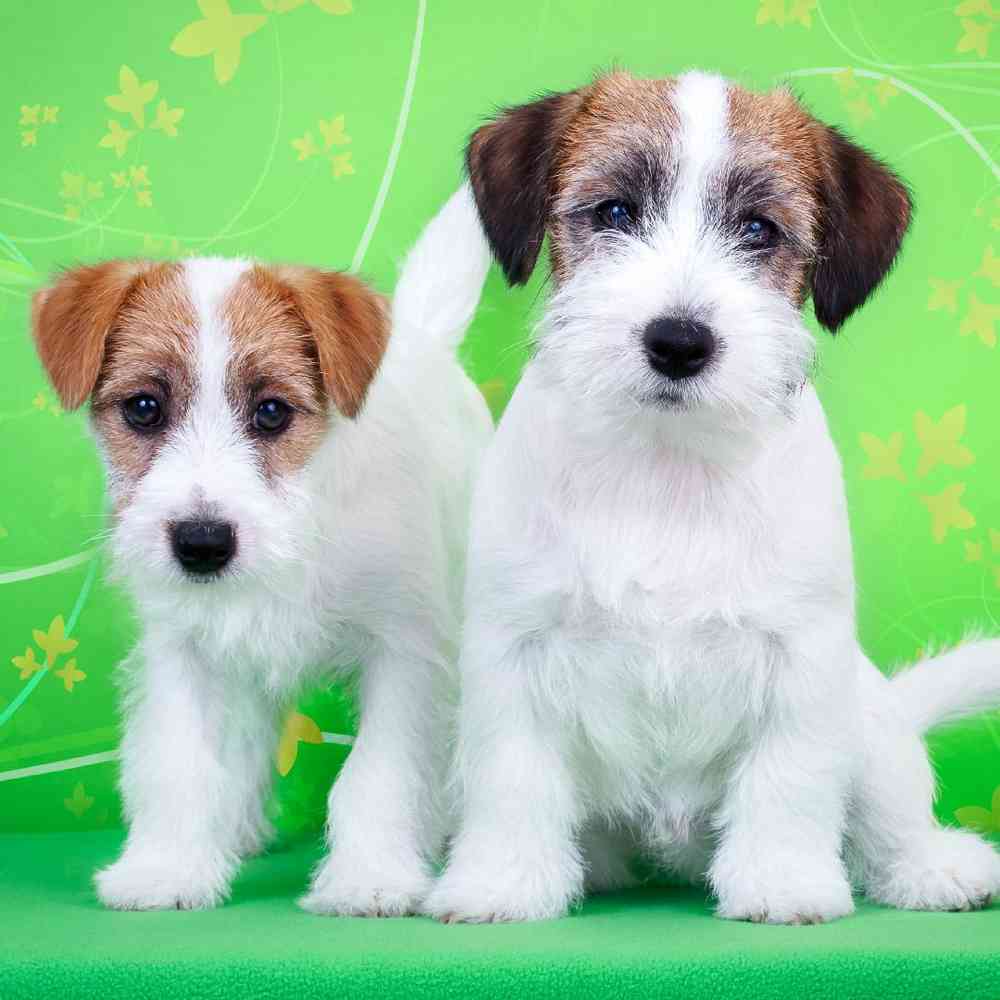
Upbeat, lively, inquisitive, and friendly, the jaunty Russell Terrier was developed by England's "Sporting Parson" for use in foxhunts. The adorable Russell Terrier looks like a plush toy come to life but is an eager, tireless working terrier.



Breed Traits
Clubs, Registries & Associations
American Canine Association Continental Kennel Club Universal Kennel Club International American Kennel Club United All Breed Registry America's Pet Registry, Inc. United Kennel Club (Based on breed recognition. See store for details on this particular puppy.)
Group
Heritage
Description
Health Awareness
Personality
Exercise/Energy Level
Additional Information
General Appearance
The Parson Russell Terrier was developed in the south of England in the 1800’s as a white terrier to work European red fox both above and below ground. The terrier was named for the Reverend John Russell, whose terriers trailed hounds and bolted foxes from dens so the hunt could ride on. To function as a working terrier, he must possess certain characteristics: a ready attitude, alert and confident; balance in height and length; medium in size and bone, suggesting strength and endurance. Important to breed type is a natural appearance: harsh, weatherproof coat with a compact construction and clean silhouette. The coat is broken or smooth. He has a small, flexible chest to enable him to pursue his quarry underground and sufficient length of leg to follow the hounds. Old scars and injuries, the result of honorable work or accident, should not be allowed to prejudice a terrier’s chance in the show ring, unless they interfere with movement or utility for work or breeding.
Size, Proportion, Substance
Head
Neck, Topline, Body
Forequarters
Hindquarters
Coat
Color
Gait
Temperament
Disqualifications
About
These jaunty little fellows pack lots of personality into a compact, rectangular body standing 10 to 12 inches at the shoulder. Their dark, almond-shaped eyes and mobile V-shaped ears bring out the keenly intelligent expression—an endearing hallmark of the breed. All three coat types are mostly white with markings that are tan or black, or both. Russells move with a free, effortless gait that announces the breed’s innate confidence.
Interesting To Know
Jack Russell Terriers have been in the following movies: Crimson Tide, The Mask, Mr. Accident, and Hotel For Dogs. Eddie, a Jack Russell Terrier, was famous for his role in the TV show, Frasier Jack Russell: Dog Detective is a well-known series of books for children.
